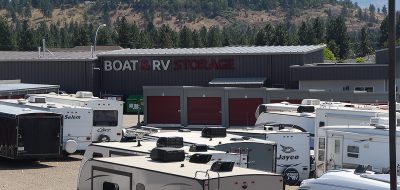So far as motorized recreational vehicles, there are two duty types of inverters used. Stand alone and integrated inverter/chargers. Stand alone units are relatively low wattage output units that are individually wired to operate a single load like a television and perhaps a satellite receiver. The inverter/charger is an integrated part of the electrical and charging system of the unit. The inverter in this case serves two purposes. First it is the main battery charger, at least while either an outside source or generator is supplying AC power. Secondly, it is an inverter that supplies AC power when none is available. Once AC power is absent, the inverter automatically takes over, providing it is in the armed mode state. It is normally wired to operate necessary functions within reasonable wattage like T.V’s, receivers, duplex outlets, refrigerators (if an all electric coach), ice makers and perhaps microwaves.
There are two output configurations available, M.S.W. (Modified Sine Wave) and T.S.W. (True Sine Wave). All smaller or cheaper inverters are M.S.W. Most motor home inverters are also currently M.S.W. The exception of this would be higher end units and newer all electric coaches, most of which are equipped with T.S.W. output inverters. So what are the operational differences?
M.S.W. gets it name from exactly what it sounds like. It is a modified look-a-like wave. However it is more “square” than the smooth sweeping frequency lines that are created with a true sine wave. These inverters are cheaper to buy but function well in most applications. There are however, loads it does not work with or properly with. Those loads are, but are not limited to, many small power chargers, electronic boards found in many appliances, most microwaves, 120 volt A.C. powered clocks and full featured cappuccino makers. Some of these will not operate and some may be damaged over time with continued use.
T.S.W. power resembles that of home supplied hydro. It is capable of operating any like voltage load providing it does not exceed its output capacity. These units are now to a price level making them the best choice for future use.
So, if you are ordering a new coach, or replacing or upgrading to an inverter charger, should this be a “must have”? In my opinion, it is. The benefits far out weigh the now small price difference. If you own a coach that has a M.S.W. inverter charger, like most do, don’t worry. Your coach was equipped to exist with such a wave form and should do fine. But, just remember, if you were to order a new rig or ever it has to be replaced, go T.S.W. You won’t regret it.
On Sunday the 13th of july, we will be looking at “Practical RV Inverter Applications”. I sure hope you can join us.
Just Reading The Sines – Lug_Nut – Peter Mercer







